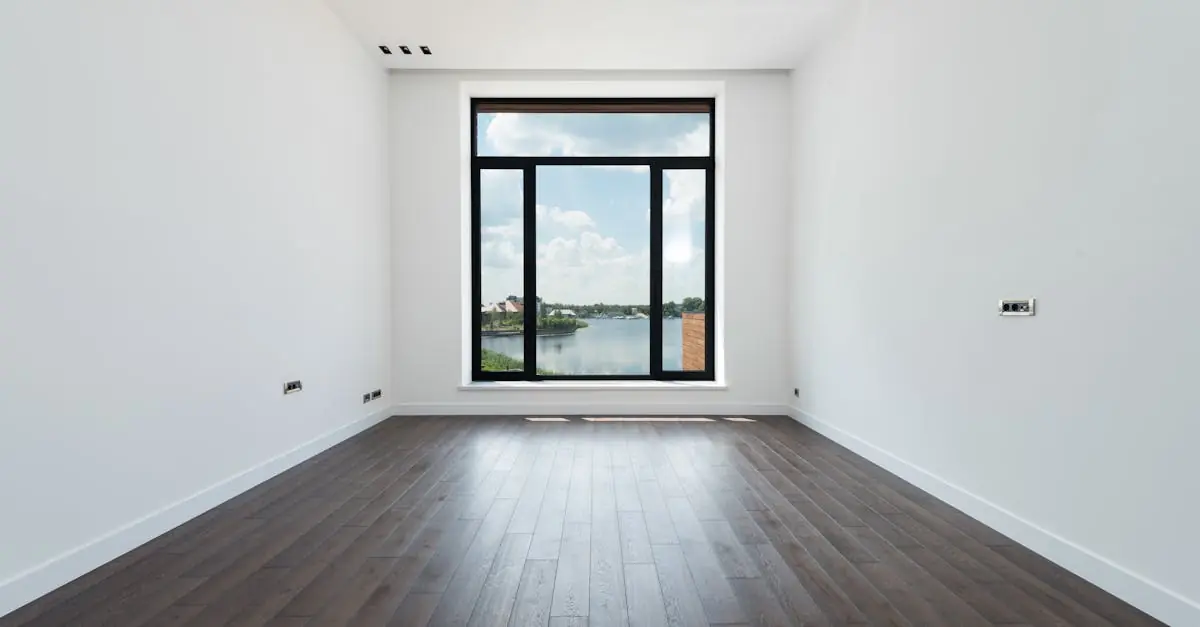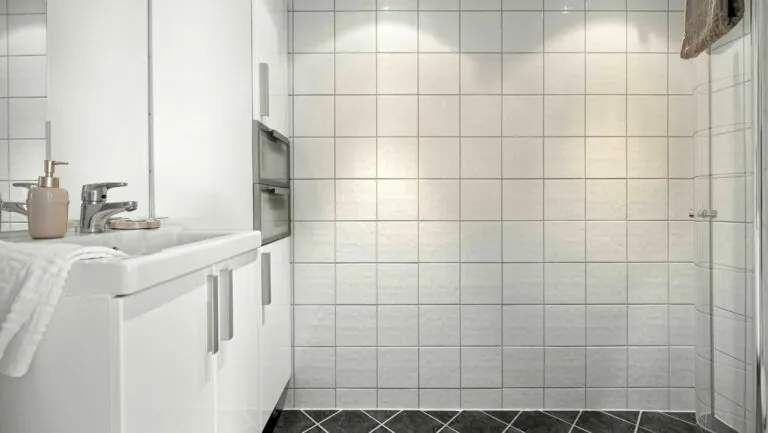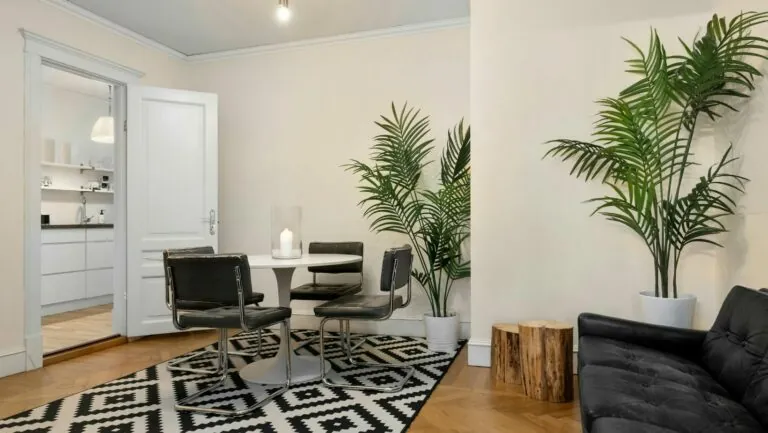Ever wondered how many bedrooms the White House has? It’s not just a place where presidents make history; it’s also a grand residence with a surprising number of rooms. You might picture it as a cozy family home, but this iconic mansion is more like a small hotel for the nation’s leaders.
Table of Contents
ToggleOverview of the White House
The White House serves as the official residence of the President of the United States. Occupying 18 acres of land, it stands as a prominent symbol of American history and governance. In total, the White House contains 132 rooms, providing ample space for various functions.
Bedrooms within the White House cater to both the president and family members. Specifically, there are 35 bathrooms, which assist in accommodating guests. Furthermore, the residence includes 16 family rooms, allowing for ease and comfort during family gatherings.
State functions take place in several additional rooms. The White House features a formal dining room, a library, and multiple offices dedicated to presidential duties. These interconnected spaces enhance the overall functionality of the residence.
Maintaining the structure requires continuous care. A dedicated staff oversees the upkeep, ensuring that the historical integrity remains intact. The architecture showcases neoclassical design, reflecting the ideals of democracy.
Visitors often highlight the grandeur of the East Room, located on the first floor. This space serves as a venue for official ceremonies and public events. The combination of residential and ceremonial areas exemplifies the dual purpose of the White House.
The White House offers a unique blend of history, functionality, and elegance. Its numerous rooms and dedicated staff contribute to its role as a national icon. Significant official and personal activities unfold within its walls, reinforcing its importance in American culture.
Historical Significance of Bedrooms
Bedrooms in the White House highlight the intersection of personal life and political duty. These spaces are not merely for rest; they represent the domestic aspect of the presidential experience.
Origin of the Bedrooms
The origin of the White House bedrooms traces back to its construction in the early 1800s. Designed by James Hoban, the residence initially included a few designated rooms for the First Family. Thomas Jefferson, the third president, introduced enhancements, converting various areas into private sleeping quarters. Significant historical figures occupied these rooms, further solidifying their importance in American history.
Changes Over Time
Changes over time shaped the bedrooms into what they are today. Succeeding administrations modified layouts and styles according to personal preferences and evolving trends. Renovations expanded the number of bedrooms in the residence, meeting the needs of larger families and staff. Notable alterations occurred during the Truman administration when significant repairs provided modern amenities while preserving historical character. Each transformation reflects a blend of tradition and contemporary utility, giving each bedroom a unique story within the iconic residence.
Current Bedroom Count
The White House contains a total of six bedrooms designated for the First Family’s use. These rooms provide essential privacy and comfort.
Layout of the White House
The layout encompasses 132 rooms across four floors. The second and third floors host personal and guest bedrooms. Notably, the master bedroom includes an adjoining sitting room.
Bedroom Distribution
Bedroom distribution accommodates various needs. The Presidential Suite serves as the primary sleeping quarters. Accompanying this are additional guest bedrooms that allow for visitors and security personnel, supporting the multifaceted role of the residence.
Unique Features of White House Bedrooms
The White House features six bedrooms specially designed for the First Family, ensuring both privacy and comfort. Each bedroom reflects a unique blend of history and modernity, preserving the character of the iconic residence. Adjoining the master bedroom is a sitting room, enhancing the functionality of the space.
Second and third floors house the personal and guest bedrooms, strategically laid out to accommodate family needs and visiting dignitaries. One room serves as the Presidential Suite, designated as the primary sleeping quarters for the president. Additional guest bedrooms cater to visiting guests and security personnel.
Historical renovations have shaped these bedrooms over time. The Truman administration’s updates introduced contemporary amenities while maintaining the historical essence. Each bedroom transformation tells a story, highlighting personal preferences and evolving design trends.
Unique features extend beyond layout. Decorative elements often reflect American heritage, showcasing artworks and furnishings that resonate with historical significance. Such details make the White House bedrooms not just places for rest, but also spaces for reflection and memories.
Moreover, every bedroom provides an intimate glimpse into the lives of those who reside in them. These elements together emphasize the White House’s role as both a ceremonial and residential space, harmonizing official duties with personal moments.
The White House is more than just a residence; it’s a living piece of American history. With its six bedrooms, it provides essential comfort and privacy for the First Family while also serving as a venue for significant state functions. Each bedroom carries its own story, reflecting the evolution of both personal and political life within its walls. As a symbol of the nation, the White House continues to blend tradition with modernity, making it a unique landmark in the heart of Washington, D.C. Its architectural grandeur and historical significance ensure it remains a focal point of American culture and governance.





